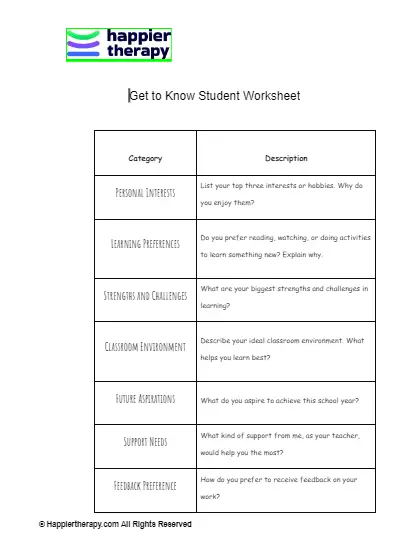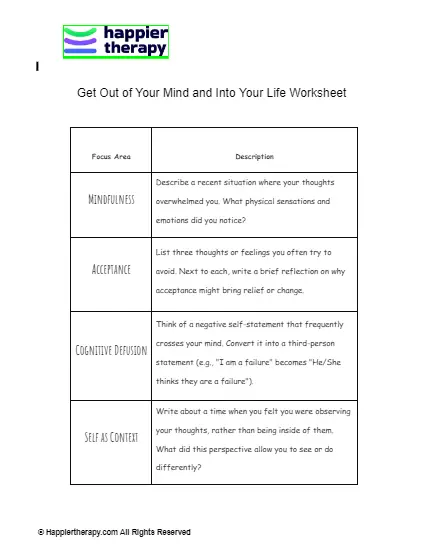PCIT therapy worksheet
Download Worksheet
What is the theory behind this PCIT worksheet?
Based on Baumrind’s (1966) theory of parenting styles, Parent-Child Interaction Therapy (PCIT) draws from both attachment and social learning principles to teach authoritative parenting—a combination of nurturance, good communication, and firm control.
Parent-child interaction therapy (PCIT) is a family-centred treatment strategy that has been shown to be successful for children ages 2 to 8 and their caregivers.
How will the worksheet help?
The principles of play therapy are the foundation of PCIT, which was created by Dr. Sheila Eyberg as an evidence-based, manualized treatment for young children with behavioural issues. This worksheet provides a checklist for parents which will help them interact with their child in a healthy and respectful manner.
How to use the worksheet?
The PRIDE skills in PCIT show caregivers how to compliment good child behaviour to make it more likely that such actions will be repeated in the future. PRIDE Skills include:
Praise – Praise for child’s specific actions, accomplishments, or characteristics
Reflection: Paying attention and paraphrasing what a child says.
Imitation: Playing similarly to the child and imitating their level of activity.
Describe: Describing a kid’s ongoing game
Enjoy: Sincere enjoyment or enthusiasm in the parent-child contact
Following is a list of activities a parent can engage with child to achieve PRIDE skills:

 By
By


